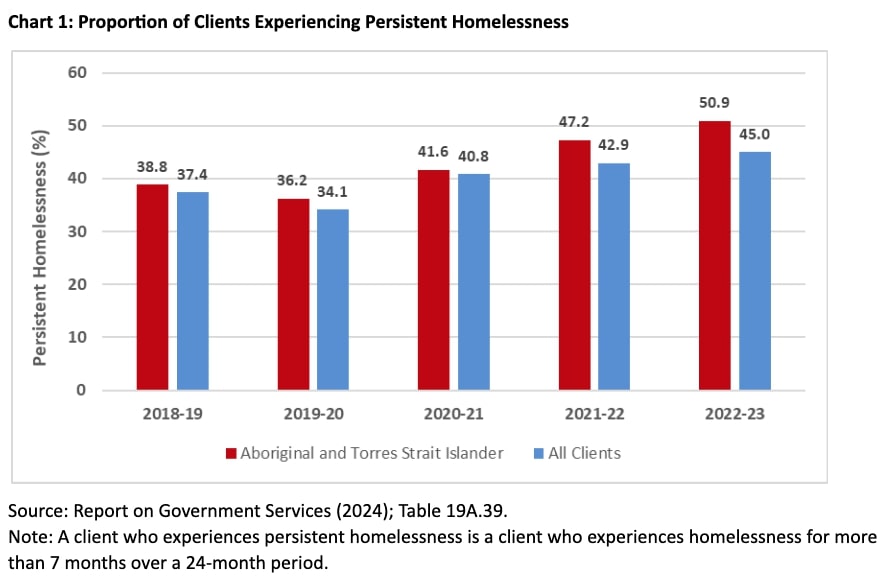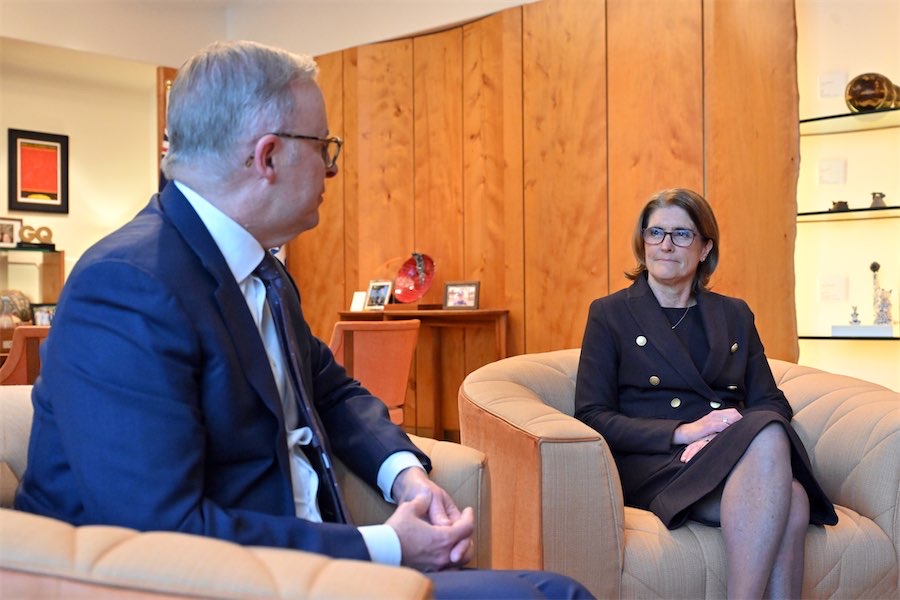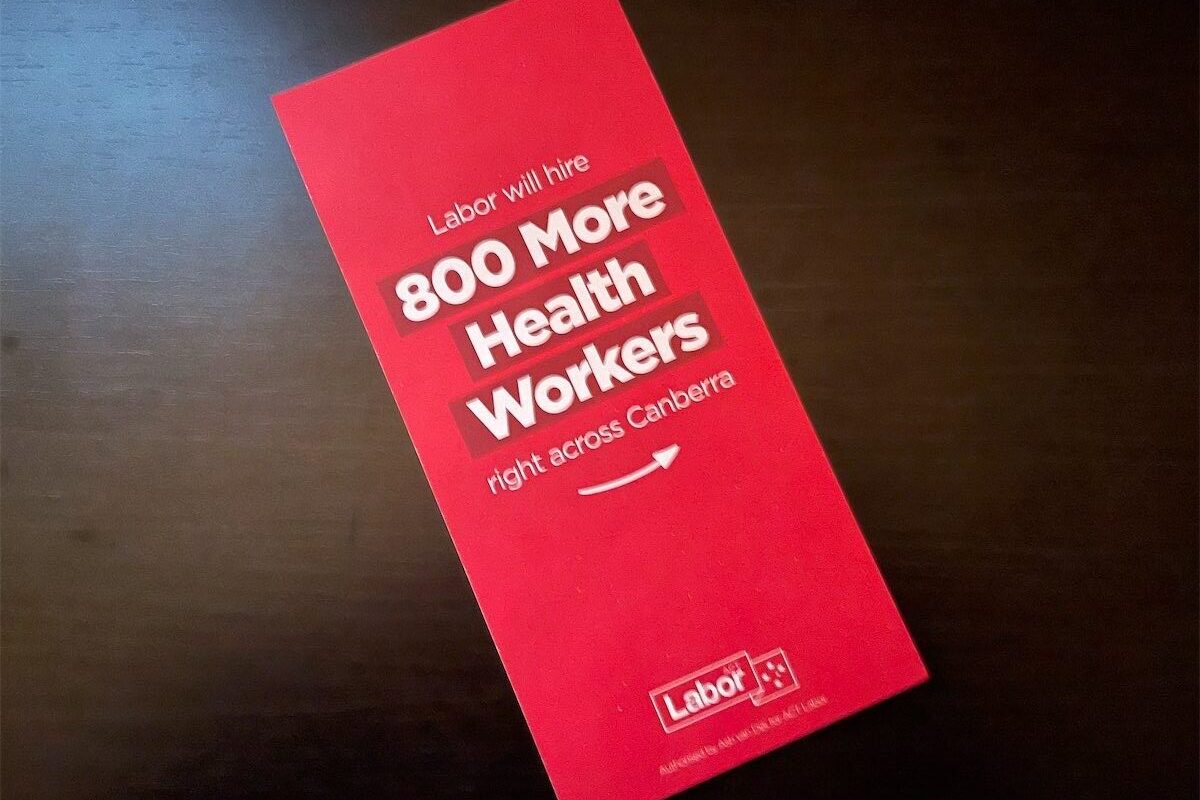
There are 1032 fewer public housing dwellings today than there were in 2011 despite an increase of 98,813 in the population. JON STANHOPE & KHALID AHMED look at the shameful state of ACT public housing.
Dear Housing Minister,
- Public housing numbers will inevitably fall if housing stock is sold off, eg to pay for the tram, and is not replaced.
- To move public housing tenants out of their existing homes so that they can be sold off, you need to first build replacement stock into which they can be moved.
There have been regular reports in recent years of ACT public housing tenants living in squalor due to the poor condition of the housing they have been allocated.
The ACT government’s response to such reports has followed a set script, namely blame the Commonwealth Government.
However, with the Labor defeat of the Liberals in the last federal election the ACT government has effectively lost this most convenient scapegoat for its failure to meet the housing needs of Canberra’s most vulnerable citizens.
The housing minister has also been keen to point to the Public Housing Renewal Program as the solution to the state of disrepair of much of the public housing stock.
The budget papers, for example, have repeatedly claimed investment of between $600 million and $700 million in public housing.
However, as we revealed in a series of articles in 2022, the program was in essence aimed at selling off 1288 Northbourne Avenue and inner-city public housing dwellings with the proceeds of the sales to be allocated to the light rail project. The minister initially denied the existence of any such arrangement until we referenced a signed agreement to that effect between Treasurers Andrew Barr and Josh Frydenberg.
As to the actual investment in public housing, we have only identified a net investment of $235 million on Housing ACT’s balance sheet, and notably the Greens/Labor coalition has never disclosed how much money it made from the sale of public housing. The outcome of the renewal program was a decline in the public housing stock.
Table 1 details the ACT public housing stock and household numbers, and (net recurrent and capital) expenditure in each of the past six years.
 Stunningly, the Productivity Commission has reported, as detailed in Table 1, that despite a consistent and steady increase in population there were 355 fewer households in public housing in Canberra in 2022-23 than there were in 2017-18.
Stunningly, the Productivity Commission has reported, as detailed in Table 1, that despite a consistent and steady increase in population there were 355 fewer households in public housing in Canberra in 2022-23 than there were in 2017-18.
However, even more remarkable is that there were 11,859 public housing dwellings in Canberra in 2011 but only 10,827 in 2022-23.
In other words, there are 1032 fewer public housing dwellings today than there were in 2011 despite an increase of 98,813 in the ACT population.
There was also a significant decline in net recurrent expenditure in 2022-23 compared to the previous year. The negative figures in capital expenditure, noted above, reflect the fact that the proceeds of sales of public housing were larger than new investment in housing.
Even by the usual ACT government standard, we find the following reported comments from the Minister for Housing, Ms Yvette Berry concerning
She said: “A whole range of things have to match up together to get new houses built. To get people into homes you have to move people from homes, we have to demolish those homes, we have to sell those homes and we have to build new homes.”
The minister was, seemingly, referring to the difficulties with tenant relocation in the second housing renewal program.
What is extraordinary is that the minister has set up a (false) “chicken and egg” dilemma. Such perverse situations can indeed arise in the private market, for example, in relation to access to finance or housing, or as a “cold start” problem, for new businesses.
However, in this instance, it is a case of putting the cart before the horse. There would be no dilemma if the program was designed properly and in the correct logical sequence, that is:
- in order to refurbish or replace unliveable dwellings, tenants need to be moved; and
- to move tenants, new houses should first be built.
When moving tenants, the government would hopefully be mindful of their needs, which include access to services and social support networks.
The government appears to have expected that the housing renewal program would address all the problems of public housing stock condition and numbers. However, as we have noted above, under stage 1 of the program, housing numbers declined. Notably, the condition of the stock also deteriorated.
We know this because the Productivity Commission reports on the proportion of stock in “acceptable condition”. The “benchmark” on which all the states and territories report to the commission is that each dwelling has at least four working facilities and not more than two major structural problems.
Table 2 provides the results over the period that the ACT Public Housing Renewal Program has been in operation.

The table reveals that “acceptable” dwellings in the ACT decreased from 81 per cent in 2016 to 73.4 per cent in 2021 and recovered slightly to 76 per cent in 2023, ie, about one in 12 households.
The decline in dwelling condition confirms that the government is not spending enough on timely maintenance that would not only improve the living conditions but also increase the economic life of the dwelling.
According to the Productivity Commission report, 99.1 per cent of households in ACT public housing are “low-income families”, ie, financially and economically vulnerable.
Surprisingly, especially for those who believe the ACT government’s claims about its progressiveness, identified vulnerable groups, ie Aboriginal and Torres Strait Islander households and households with a member with a disability, fare much worse than the average, with about one in five and one in six households, respectively, seeing their dwelling deteriorate below an acceptable level.
How can this be?
We have previously pointed out a variance in the waiting time statistics for Aboriginal people in hospital emergency departments, compared to the overall population. There is also evidence of a similar variance within the housing/homelessness portfolio.
Chart 1 provides the proportion of clients experiencing persistent homelessness, by Aboriginal status.

There have been persistent calls from Aboriginal community leaders in the ACT for a royal commission-level inquiry into entrenched indigenous disadvantage.
The government has denied those on the basis of costs, and that the government has already programs in place to address these problems. The data suggests otherwise. As for costs, we note the government had no problem finding $577 million for a 1.7 kilometre tramline to a prime residential estate.
Jon Stanhope is a former chief minister of the ACT and Dr Khalid Ahmed a former senior ACT Treasury official.
Who can be trusted?
In a world of spin and confusion, there’s never been a more important time to support independent journalism in Canberra.
If you trust our work online and want to enforce the power of independent voices, I invite you to make a small contribution.
Every dollar of support is invested back into our journalism to help keep citynews.com.au strong and free.
Thank you,
Ian Meikle, editor




Leave a Reply